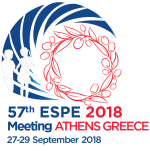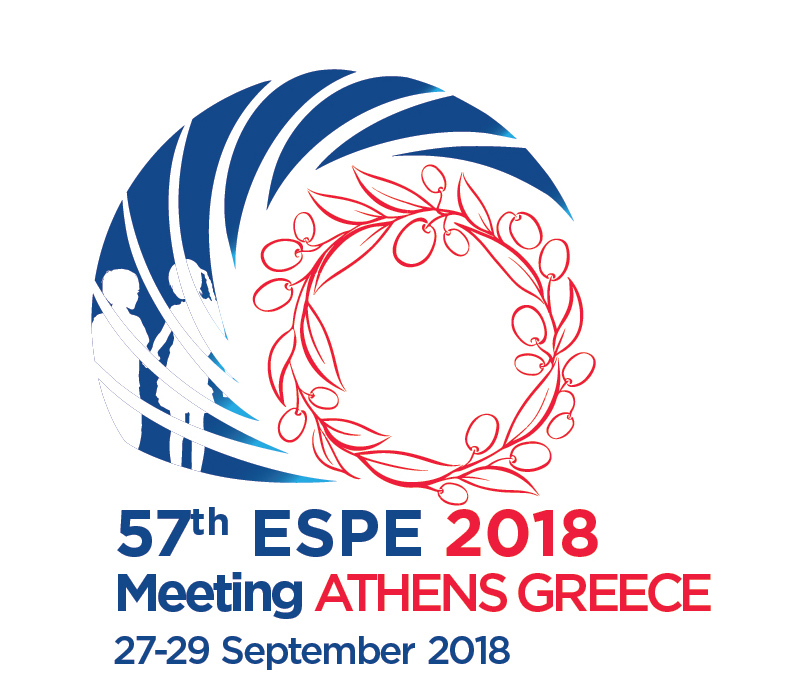
57th Annual ESPE
Athens,
Greece
27 Sep 2018 - 29 Sep 2018

Free Communications
Growth and Syndromes
hrp0089fc15.1 | Growth and Syndromes | ESPE2018
The Diagnostic Yield of a Targeted Next Generation Sequencing Panel in Children with Short Stature of Undefined Aetiology
Perchard Reena , Murray Philip G , Highton Georgina L , Whatmore Andrew J , Clayton Peter E
hrp0089fc15.2 | Growth and Syndromes | ESPE2018
Effects of Caloric Restriction During Gestation on the Methylome of Offspring’s Adipose Tissue and Reversibility of Such Effects by Metformin in a Swine Model
Xargay-Torrent Silvia , Carreras-Badosa Gemma , Tibau Joan , Reixach Josep , Lizarraga-Mollinedo Esther , Mas-Pares Berta , Prats-Puig Anna , de Zegher Francis , Ibanez Lourdes , Lopez-Bermejo Abel
hrp0089fc15.3 | Growth and Syndromes | ESPE2018
Methylation of the C19MC microRNA Locus in the Placenta: A Mechanism whereby Maternal Body Size Links to that of the Child
Xargay-Torrent Silvia , Prats-Puig Anna , Mas-Pares Berta , Bassols Judit , Petry Clive J , Girardot Michael , de Zegher Francis , Ibanez Lourdes , Dunger David B , Feil Robert , Lopez-Bermejo Abel
hrp0089fc15.4 | Growth and Syndromes | ESPE2018
The Metabolic Profile Associated with RASopathies
Noronha Renata , Homma Thais , Moraes Michelle , Albuquerque Edoarda , Funari Mariana , Pereira Alexandre , Villares Sandra , Bertola Debora , Jorge Alexander , Malaquias Alexsandra
hrp0089fc15.5 | Growth and Syndromes | ESPE2018
Utility of BDNF and MMP-1 as Markers of Cardiometabolic Risk in Turner Syndrome Girls
Błaszczyk Ewa , Miłosz Lorek , Francuz Tomasz , Gieburowska Joanna , Gawlik Aneta
hrp0089fc15.6 | Growth and Syndromes | ESPE2018
Vosoritide for Children with Achondroplasia:a 30 Month Update from an Ongoing Phase 2 Clinical Trial
Irving Melita , Hoover-Fong Julie , Bacino Carlos , Charrow Joel , Cormier-Daire Valerie , Dickson Patti , Harmatz Paul , Labed Alice Huntsman , Jayaram Kala , Jeha George , Day Jonathan , Larimore Kevin , Phillips John , Savarirayan Ravi



